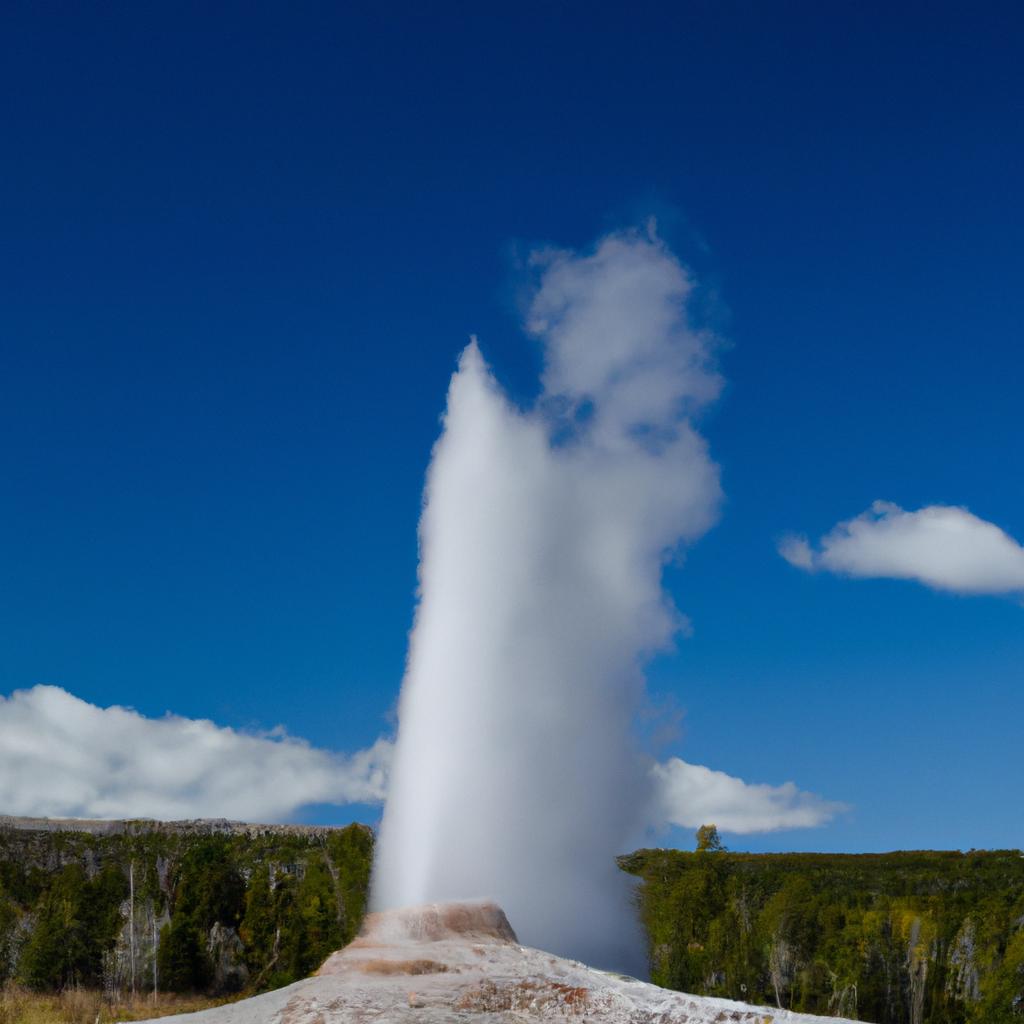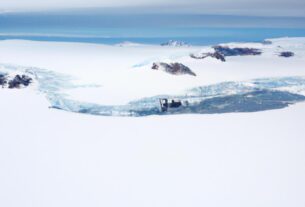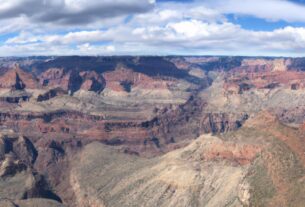If you’re an adventurer at heart seeking a one-of-a-kind travel experience, you simply cannot miss out on Iceland’s geysers. Nestled on the famous Golden Circle route, Iceland Geysir is a natural wonder that has captivated explorers for centuries. In this article, we will unravel the beauty and significance of Iceland Geysir and other geysers scattered across this breathtaking country.
Iceland is renowned for its awe-inspiring landscapes and pristine natural beauty, and the geysers are no exception. These natural hot springs, born out of underground volcanic activity, give rise to breathtaking eruptions that propel water and steam high up into the heavens. But geysers are not just a spectacular sight to behold; they also play a pivotal role in Iceland’s booming tourism industry, drawing millions of visitors each year.
Beyond their visual appeal, geysers are an integral part of Iceland’s geothermal energy production, offering a sustainable and eco-friendly alternative to traditional power sources. Furthermore, geysers provide a unique opportunity for visitors to delve into Iceland’s geology and history, making their experience not only visually stunning but also educational.
Geysir: The Patriarch of All Geysers
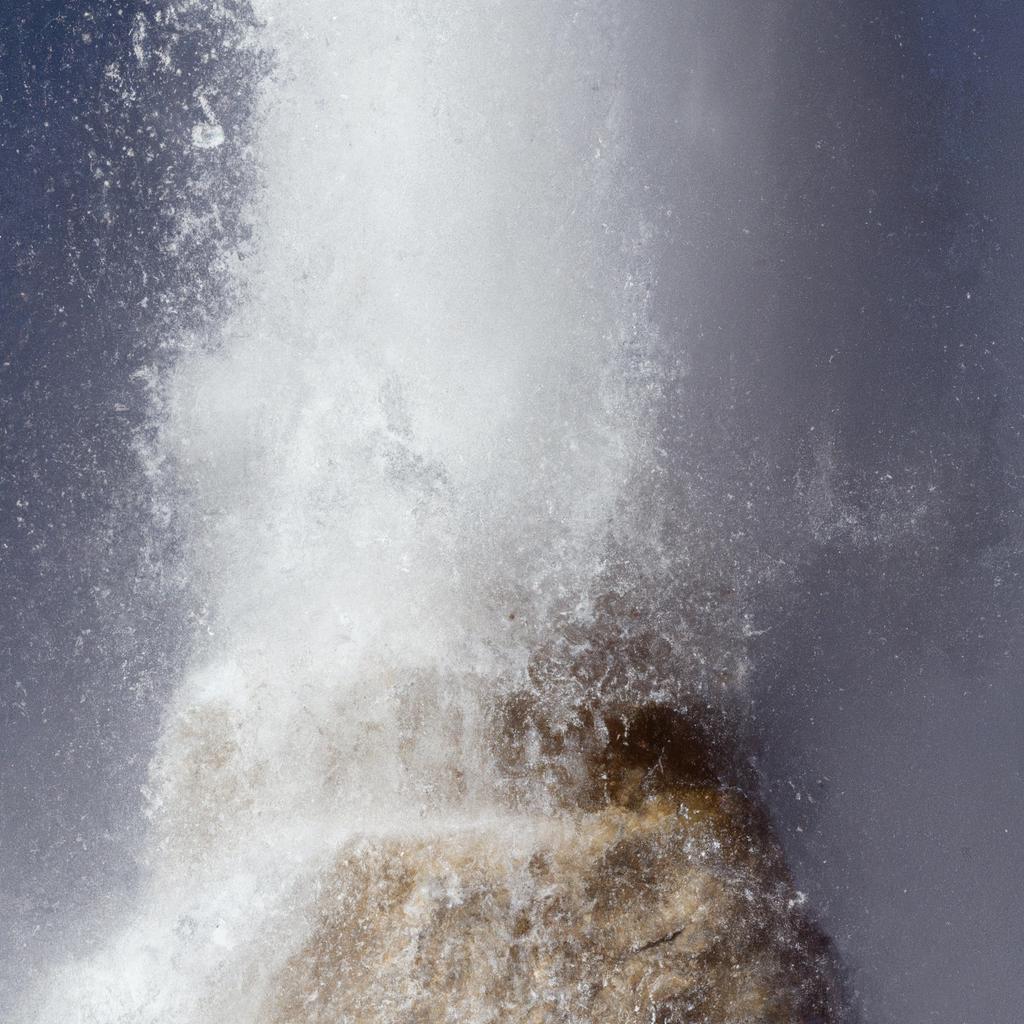
Experience the thrill of standing near a natural wonder
History and Origin of Geysir
Geysir, situated in the Haukadalur valley, stands as one of Iceland’s most famed geysers and is the very source of the term “geysers.” Erupting for over 10,000 years, Geysir once unleashed eruptions that soared to heights of up to 70 meters. Unfortunately, in recent years, Geysir’s eruptions have become less frequent, making it a slightly less predictable attraction.
Unique Features and Characteristics of Geysir
The eruptions of Geysir are brought about by a combination of groundwater, heat, and pressure. As volcanic activity heats the underground reservoir, the water expands and rises toward the surface. Approaching the surface, the water encounters a cooler layer, causing it to cool and contract. This contraction generates pressure, eventually resulting in a spectacular eruption, propelling water into the air.
Geysir’s distinct features and characteristics render it a fascinating geological wonder. With a pool stretching 18 meters in diameter and water temperatures reaching up to 80°C, the geyser’s walls are lined with silica, giving it an otherworldly appearance.
Significance of Geysir to Iceland’s Geothermal Activity
Geysir not only captivates tourists but also plays a vital role in Iceland’s geothermal activity. Its eruptions are a manifestation of the volcanic activity that also heats the groundwater used for geothermal energy production. Iceland’s geothermal energy production serves as a significant source of renewable energy, and Geysir’s eruptions serve as a tangible reminder of the awe-inspiring power of geothermal energy.
The historical and geological significance of Geysir, coupled with its unique features, make it a must-visit attraction for anyone exploring Iceland. Despite the decreasing frequency of eruptions, visitors can still witness the remarkable beauty and power of this geyser.
Strokkur: The Most Active Geyser
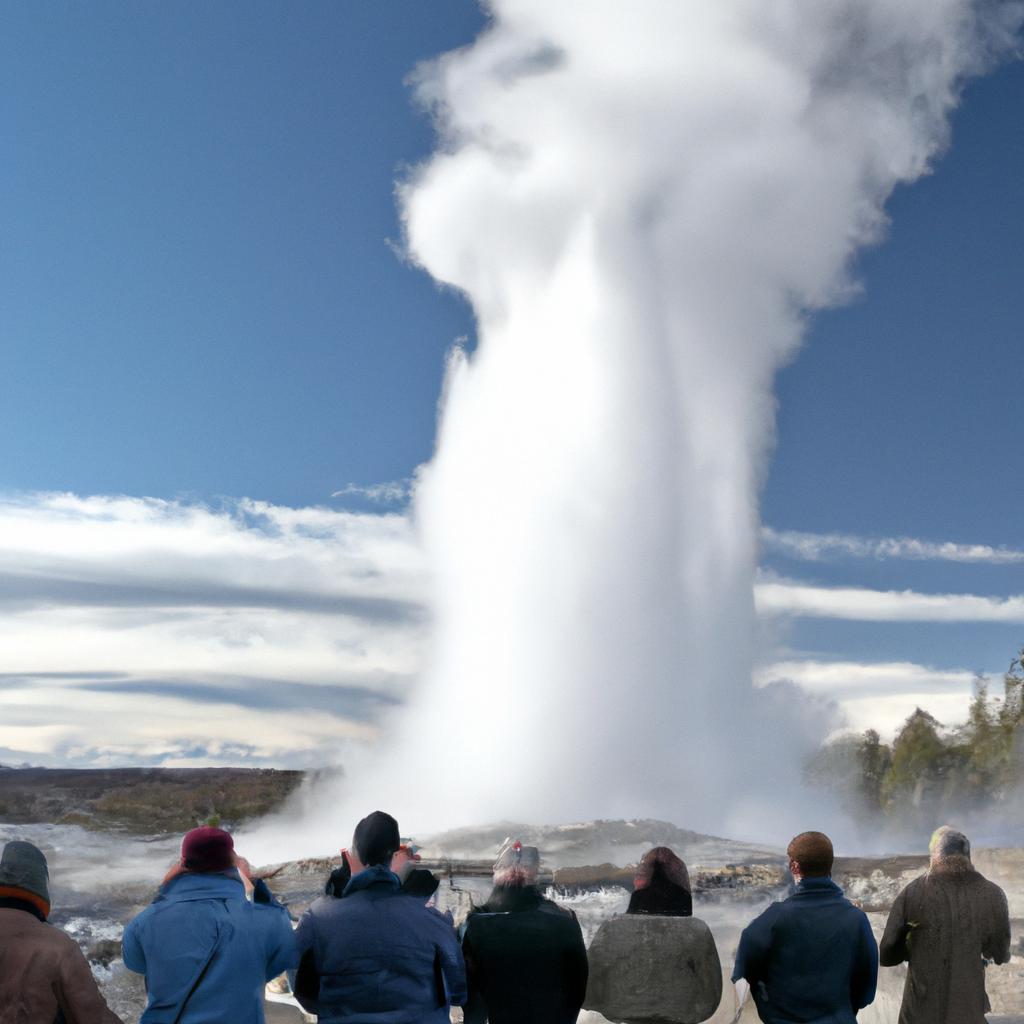
Join the thousands of visitors who come to see Iceland’s geysers every year
Overview of Strokkur’s Location and Surroundings
Located in the Haukadalur Valley, Strokkur enjoys a reputation as one of the most frequented geysers in Iceland. Situated just a few hundred meters from Geysir, it sets itself as a convenient stop on the Golden Circle route. The surrounding area is adorned with hot springs and bubbling mud pots, creating an otherworldly and awe-inspiring landscape.
Eruption Frequency and Height of Strokkur
Strokkur’s claim to fame lies in its frequent eruptions, occurring every few minutes and shooting water up to 40 meters into the sky. Unlike Geysir, whose activity has waned over time, Strokkur’s eruptions are consistent and reliable, making it a particular favorite among visitors.
Strokkur Compared to Other Geysers in Iceland
While Strokkur undoubtedly steals the spotlight as the most active geyser in Iceland, there are other captivating geysers worth exploring. Geysir, for instance, serves as the grandfather of all geysers, formerly one of the mightiest in the world. Although its activity has diminished, it still deserves a visit. Hverfjall, on the other hand, may be lesser-known but equally enthralling, with eruptions that can last for several minutes at a time.
In conclusion, Iceland’s geysers stand as a testament to the raw power and alluring beauty of nature. Whether you’re a first-time visitor or a seasoned traveler, experiencing the thrill of witnessing a geyser erupt is an unforgettable moment. Ensure you include Strokkur and other geysers in your Icelandic itinerary to witness these natural wonders firsthand.
Hverfjall: The Enigmatic Geyser
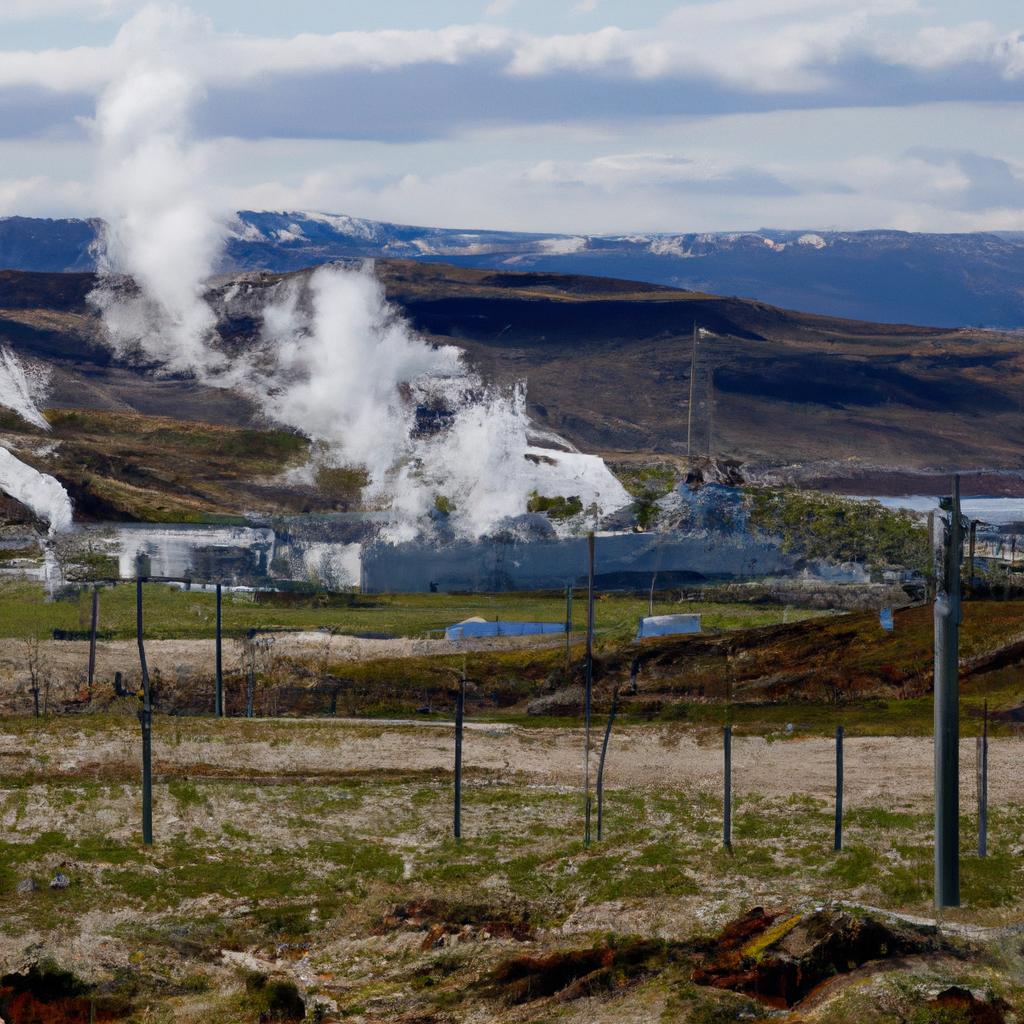
Discover how Iceland harnesses the power of geothermal energy
For those seeking an off-the-beaten-path geyser adventure, Hverfjall offers a perfect destination. Situated in northern Iceland, Hverfjall presents visitors with a mysterious geyser experience, showcasing the mighty power of Iceland’s geothermal activity.
Overview of Hverfjall’s Location and Geological Features
Hverfjall sits near Lake Mývatn, one of Iceland’s most beloved tourist attractions. This volcanic crater spans approximately 1,000 meters in diameter and reaches depths of 140 meters, making it a significant geological marvel. Hverfjall’s unique location and geological features make it an absolute must-see for nature enthusiasts.
Eruption Patterns and Duration of Hverfjall
Unlike other geysers in Iceland, Hverfjall lacks a predictable eruption pattern. Visitors must exercise patience, potentially waiting for hours to witness the grand spectacle. When Hverfjall finally erupts, it propels water and steam up to 20 meters into the atmosphere, delivering a mesmerizing display of natural wonders.
Hverfjall’s Role in Iceland’s Geothermal Energy Production
Hverfjall plays a crucial role in Iceland’s geothermal energy production, contributing to the production of renewable energy that powers homes and businesses. Capturing the geyser’s steam, Iceland harnesses its energy to generate electricity, making Hverfjall an indispensable component of the country’s sustainable energy initiatives.
In conclusion, Hverfjall represents a one-of-a-kind geyser experience, shrouded in mystery and offering visitors an unforgettable encounter. Its location, geological features, and contribution to Iceland’s geothermal energy production make it an essential destination for those passionate about nature and sustainability.
Geyser Watching Tips and Etiquette
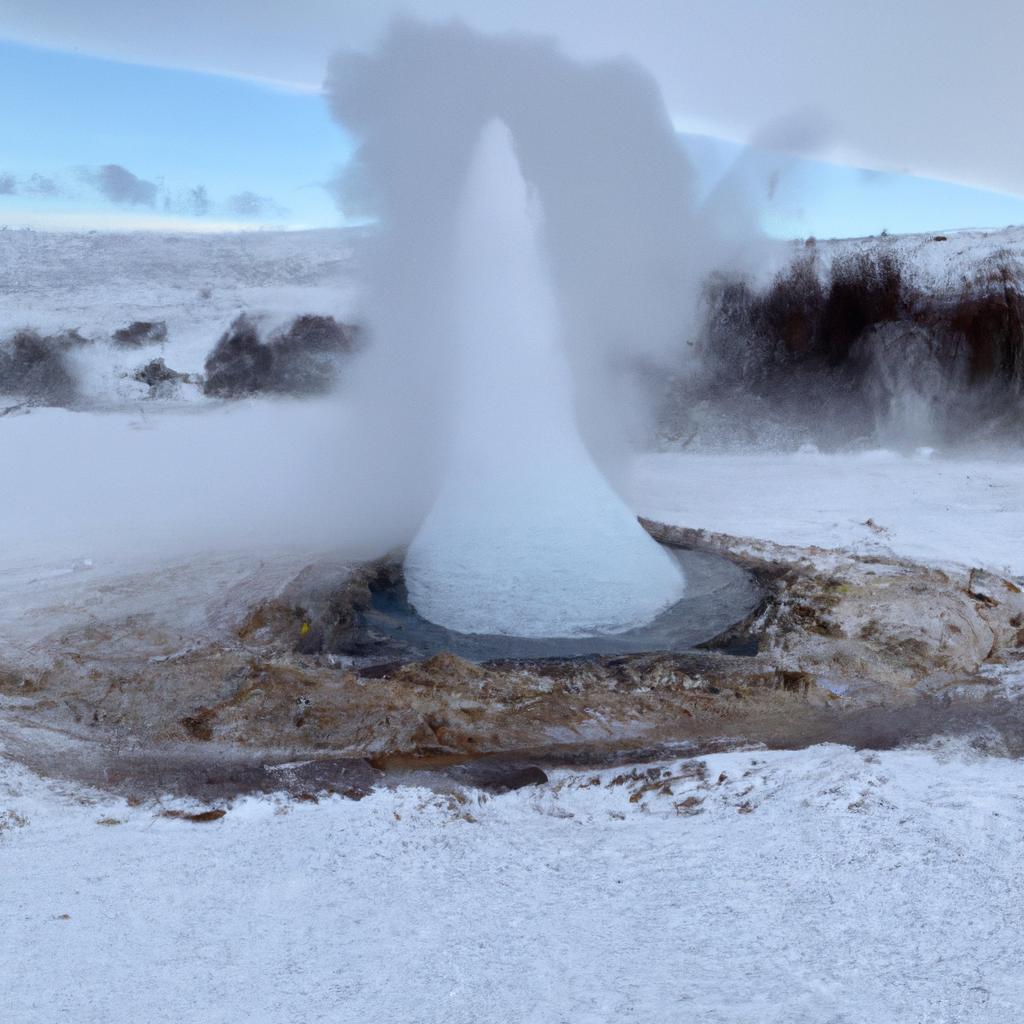
Experience the magical winter wonderland of Iceland’s geysers
Watching a geyser erupt is a truly remarkable experience; however, it is essential to do so responsibly and safely. In this section, we will provide you with some valuable tips and guidelines for geyser watching in Iceland.
Safety Precautions When Watching Geysers
Geysers are natural phenomena that can be unpredictable and dangerous. To ensure your safety and that of others, it is vital to adhere to the following safety precautions:
- Stay on designated paths and viewing areas.
- Maintain a safe distance from the geyser and avoid getting too close.
- Never attempt to climb or touch a geyser.
- Be aware of the wind direction and avoid standing downwind of the geyser.
- Pay close attention to warning signs and abide by park regulations.
By following these safety guidelines, you can fully enjoy the mesmerizing beauty of Iceland’s geysers without endangering yourself or others.
Ideal Times and Seasons for Geyser Watching
The best time to visit Iceland’s geysers is during the summer months, from June to August. However, if witnessing the Northern Lights is desired, winter serves as the ideal time to plan your trip. Nonetheless, it is crucial to note that winter weather conditions can be harsh, so dressing appropriately and checking the forecast before venturing out is essential.
Moreover, daytime offers the optimal lighting conditions for geyser watching, allowing for stunning photography and excellent visibility. Nevertheless, some geysers, like Strokkur, erupt frequently day and night, providing a unique viewing experience.
Best Viewing Spots for Geysers in Iceland
Iceland offers several geysers, each boasting its own unique features and viewing areas. Here are some of the best spots for watching geysers in Iceland:
- Geysir: The viewing platform located near the geyser provides an exceptional vantage point for witnessing eruptions.
- Strokkur: The surrounding area offers numerous viewing spots, with the best being near the geyser’s opening.
- Hverfjall: The observation platform provides a safe and comfortable viewing experience while remaining in close proximity to the geyser.
By visiting these prime viewing spots, you can immerse yourself in the beauty of Iceland’s geysers while respecting the natural environment and ensuring your safety.
Preserving Iceland’s Natural Wonders
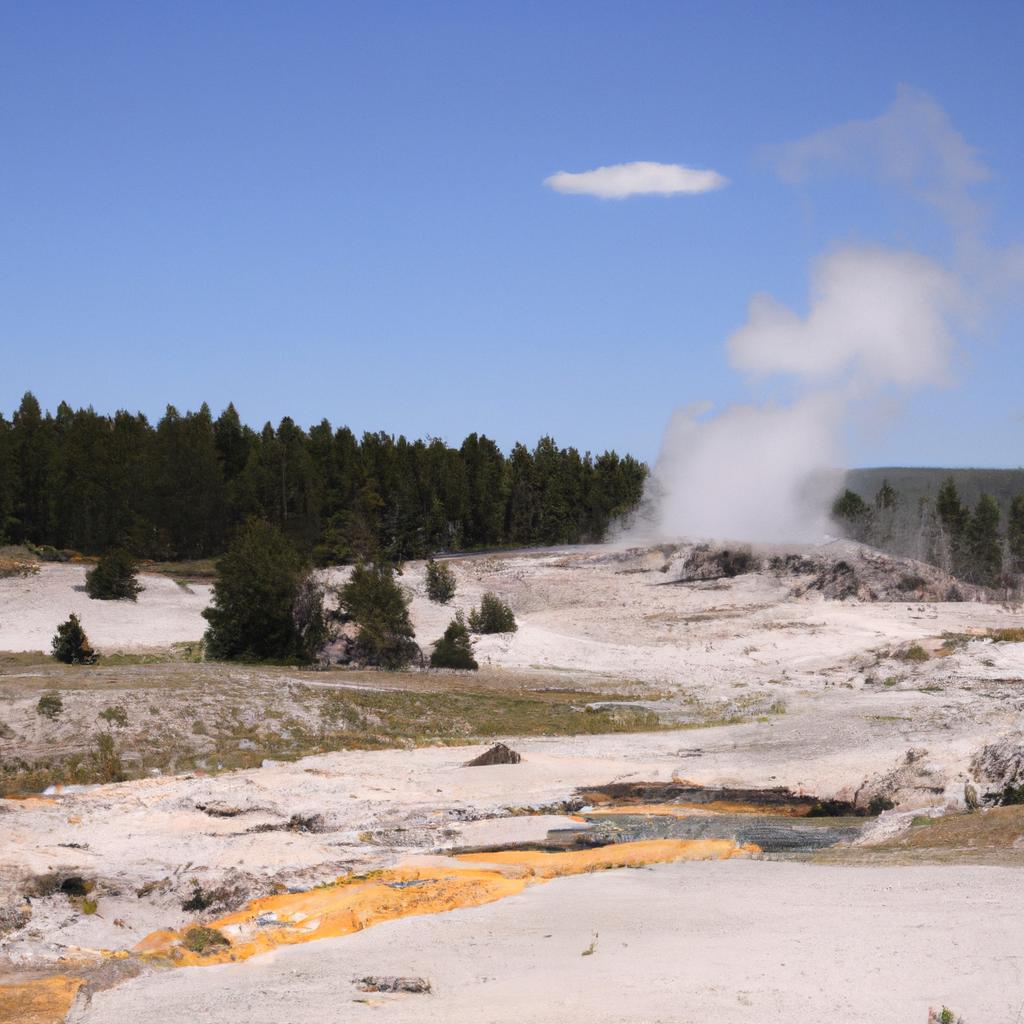
Take in the breathtaking scenery of Iceland’s geysers and mountains
Throughout this article, we have discovered that Iceland’s geysers form an integral part of the country’s natural beauty and thriving tourism industry. Accordingly, it is crucial to preserve these natural wonders for future generations to enjoy. Here are some ways in which we can contribute to the conservation of Iceland’s geysers:
- Follow geyser watching etiquette: When visiting geysers, it is essential to respect your surroundings and abide by safety measures. Stay on designated paths, avoid touching water or rocks, and refrain from throwing anything into the geyser.
- Support sustainable tourism: Opt for eco-friendly accommodations and tour operators that prioritize sustainable tourism practices. These businesses strive to minimize their impact on the environment and promote environmental protection.
- Reduce your carbon footprint: Geysers in Iceland are a result of volcanic activity, a significant contributor to carbon emissions. Reduce your carbon footprint by opting for walking or biking instead of driving, using public transportation, and choosing locally-sourced food.
- Educate others: Raise awareness about the importance of preserving Iceland’s natural wonders. Share your experiences on social media and encourage others to visit Iceland’s geysers responsibly.
By taking these steps, we can contribute to the preservation of Iceland’s geysers, ensuring they remain a source of wonder and inspiration for future generations. As a brand committed to promoting responsible tourism, TooLacks urges everyone to explore Iceland’s natural wonders with respect and appreciation for our environment.
